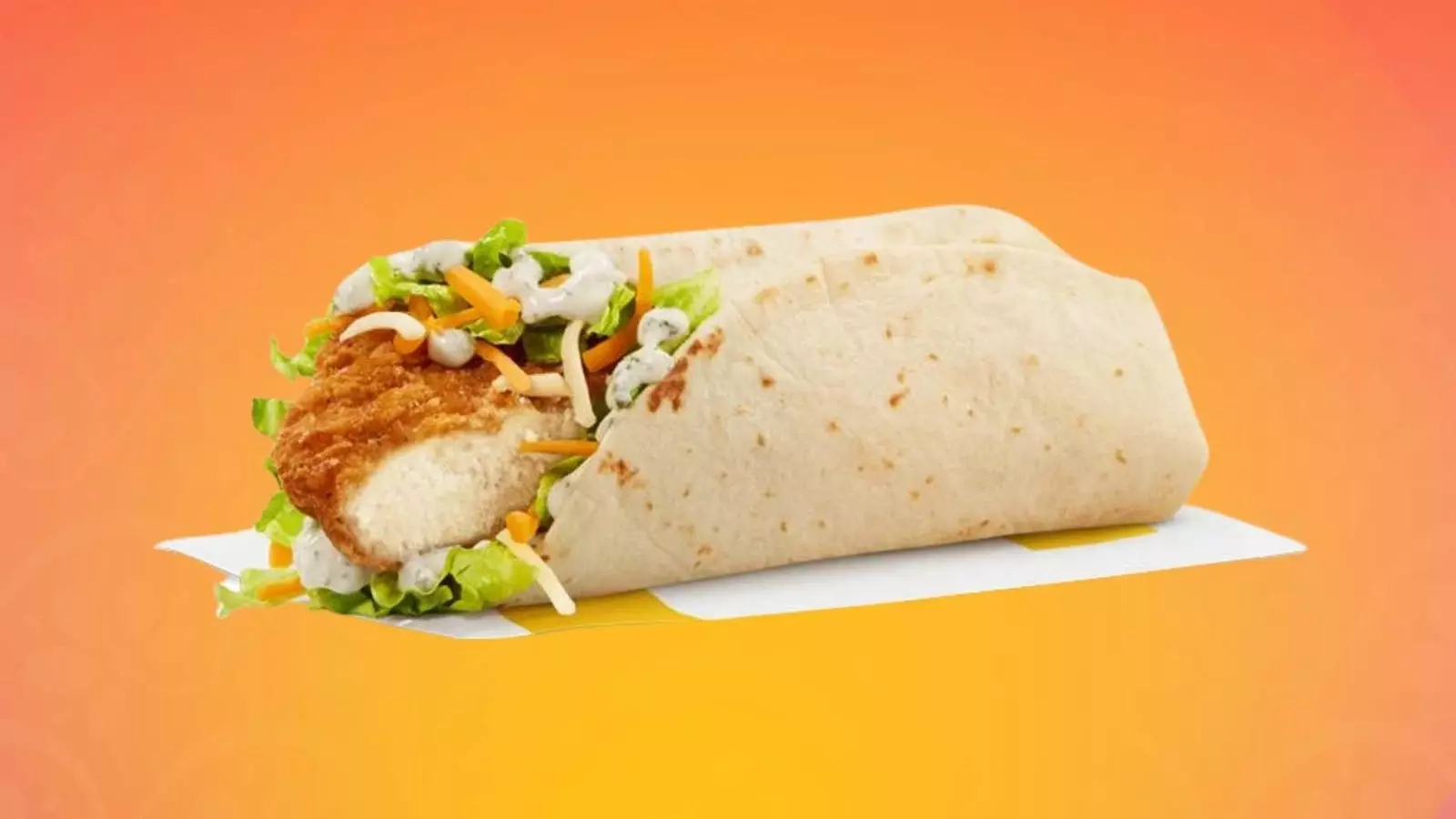In 2025, McDonald’s announced the return of the beloved Snack Wrap, reigniting a fervent demand that had simmered since its discontinuation in 2016. While many patrons felt the void left by this portable favorite, their longing for its return transcended mere nostalgia; it highlighted a pivotal shift in our dining habits centered on convenience and accessibility. As consumers have increasingly sought foods that fit seamlessly into their busy lifestyles, the Snack Wrap has emerged as a prime example of how handheld meals can fulfill both practical and emotional needs.
At the heart of the Snack Wrap’s allure lies a universal love for handheld foods, which have become cultural staples across various societies. Tacos, sandwiches, burritos, and spring rolls offer more than just sustenance; they embody a way of eating that aligns with modern life, where multitasking is the norm. According to a 2024 report from Technomic, approximately 75% of individuals enjoy eating on the go at least occasionally. A significant portion of the millennial generation favors grab-and-go options over traditional dining experiences. This shift suggests a broader cultural evolution, where flexibility in food choices reflects the fast-paced nature of contemporary society.
The Snack Wrap isn’t simply a convenient meal option; it resonates emotionally with many consumers. Food often evokes powerful memories—think about those delicious PB&J sandwiches from childhood or the comforting taste of a burrito after school. These nostalgic experiences create an emotional anchor that fosters a connection to food. As we navigate challenging times, the comfort of our favorite handheld snacks becomes even more significant, offering solace and familiarity. This emotional connection is not lost on food brands; they are increasingly leveraging nostalgia to reconnect with consumers, as evidenced by the recent surges in popularity for items like Jell-O and Pop Rocks, along with classic fast food items that have made comebacks.
Research into the eating experience suggests that tactile interactions with food enhance our enjoyment. The simple act of holding a Snack Wrap, feeling its texture, and deciding when to take the next bite can elevate a meal from mere sustenance to an enjoyable experience. This interaction can foster a sense of mindfulness and satisfaction that’s often missing in more formal dining settings. Handheld food can transform eating from a chore into a pleasure—a dynamic that has not escaped the attention of restaurants and fast-food chains alike.
As lifestyles have evolved, so too have our eating habits. The contemporary consumer often eats in cars, at desks, or while managing busy schedules, turning food consumption into an exercise in productivity. The McDonald’s Snack Wrap, being easily portable and enjoyable without the need for utensils, fits perfectly into this narrative. Its design accommodates the demands of modern life while remaining appetizing and satisfying. In a world accustomed to rushing from one task to another, convenience is paramount, and the Snack Wrap stands as a testament to this reality.
The revival of the Snack Wrap is not an isolated phenomenon; it reflects a larger narrative within the fast-food industry. Today’s consumers are drawn to comfort foods that evoke warm memories, encouraging brands to reintroduce iconic items that resonate with their clientele. From Taco Bell’s Mexican Pizza to Burger King’s Chicken Fries, these comebacks illustrate a resurgence of interest in items that customers have not forgotten, creating a sense of community and continuity around beloved flavors.
The return of McDonald’s Snack Wrap symbolizes more than just the revival of a menu favorite; it embodies a significant trend in how we engage with food. It highlights a collective yearning for convenient, comforting meals that fit effortlessly into our lifestyles while also tapping into nostalgic sentiments. Handheld foods have always been a part of our culinary interactions, and their presence in our diets mirrors the societal shifts we’ve experienced. As we embrace the return of the Snack Wrap, we aren’t just welcoming back a delicious option; we’re acknowledging the deep-rooted connections and changes shaping our eating habits today.


Leave a Reply